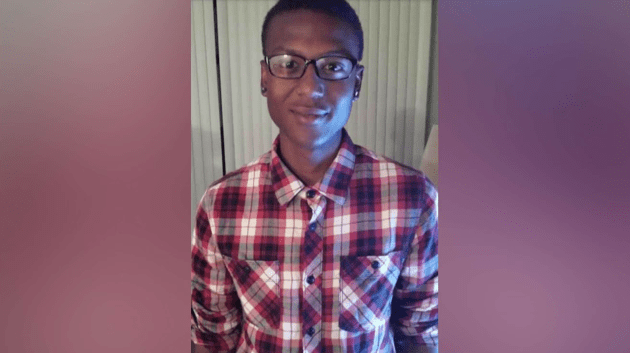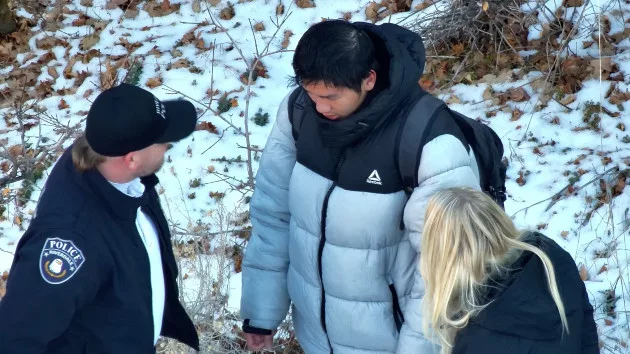
(NEW YORK) — Six years after Hurricane Maria swept through Puerto Rico, flooding whole towns and leaving 80% of the island without power, some residents and businesses have taken matters into their own hands and are taking care of the island’s locals.
Casa Pueblo, a 43-year-old nonprofit environmental group, is located in the town of Adjuntas and managed to keep its lights on after Hurricane Maria because it was run by solar power. The building, which had a solar power unit installed in 1999, became a community hub for people waiting weeks for the island’s grid operators to restore power.
Arturo Massol-Deyá, the organization’s executive director, told ABC News that he and others in the village have been promoting solar to other parts of the island in an attempt to cut down on Puerto Rico’s dependence on fossil fuel.
“That’s the new narrative, that’s the future that we are building in Adjuntas,” he said.
Brenda Costa Torres, an Adjuntas resident who undergoes dialysis treatment and was aided by Casa Pueblo’s power, told ABC News she agreed.
She said there needs to be a focus on efforts like solar power because everyone on the island benefits from it.
“And we help the planet which is important,” she said.
Economic independence has been a struggle in Puerto Rico for over a century.
The 1920 Jones Act states that “goods carried between two U.S. ports by water must be carried in a U.S. flag vessel that is American built, owned, controlled and crewed,” and because of this regulation, goods in Puerto Rico cost more due to the rising transportation costs.
To counter this roadblock, Puerto Rican farmers, stores and restaurants have been increasing their farm-to-table operations.
Efren Robles, the co-founder of the family farm Frutos del Guacabo, told ABC News he has been educating people on the island about the economic benefits of growing their own food.
“The main purpose of it is that people come and understand a little bit about what happens on a farm and how can they be a part of this local ecosystem,” Robles said of his farm.
After the hurricane, Robles said he was devastated seeing farm soil and crops ruined.
About 80% of the island’s crop value was destroyed in the storm, which represented a $780 million loss in agricultural yields, according to officials.
“In that moment, we knew that we had something really big going on,” Robles said.
Frutos del Guacabo is a hydroponic farm, which relies on water to transfer nutrients to plants rather than soil. It was one of the first farms to start producing crops after the storm, according to Robles.
“One hundred seventy-seven days after, I will never forget that day, we decided to start producing, [and] start delivering again, whatever we had,” he said. “It was the best learning experience.”
Robles shares what he’s learned with other producers on the island in hopes of creating a local independent food chain from Boricua farm to Boricua table.
ABC News’ Armando Garcia and Victoria Moll-Ramirez contributed to this report.
Copyright © 2023, ABC Audio. All rights reserved.






